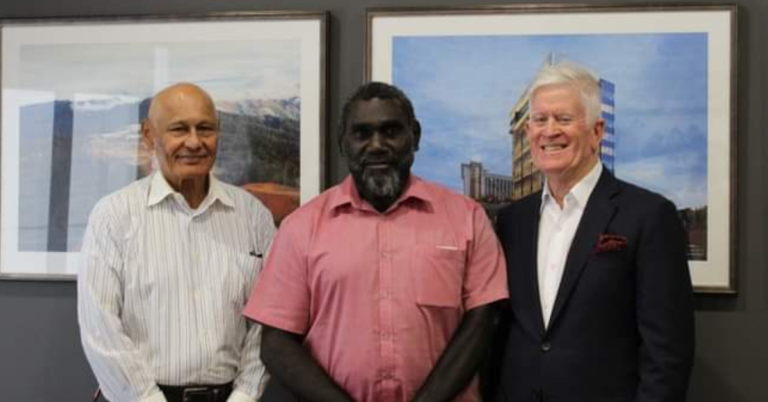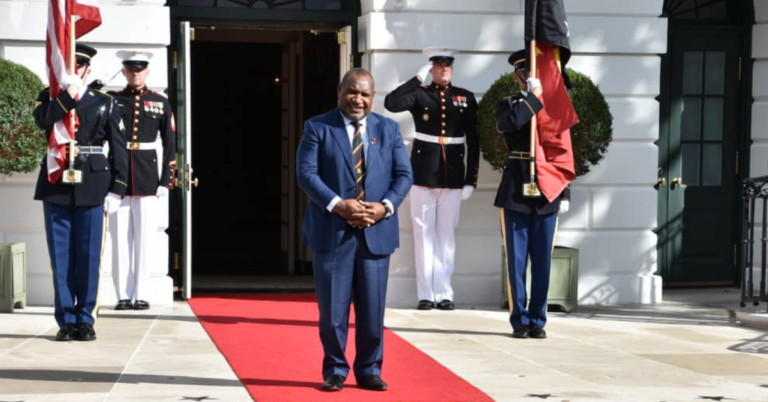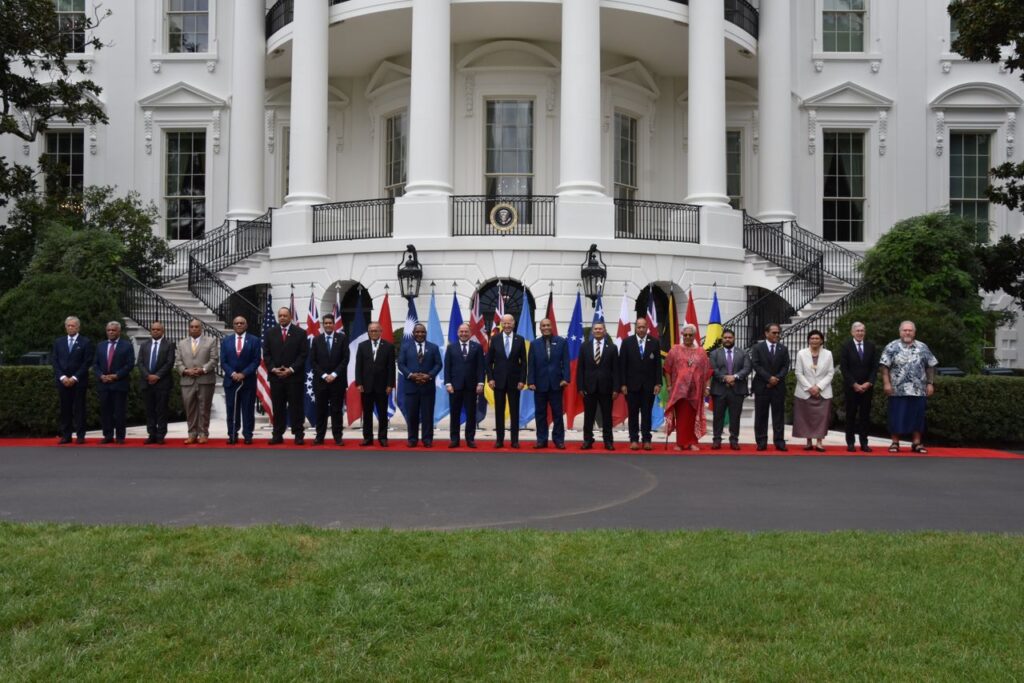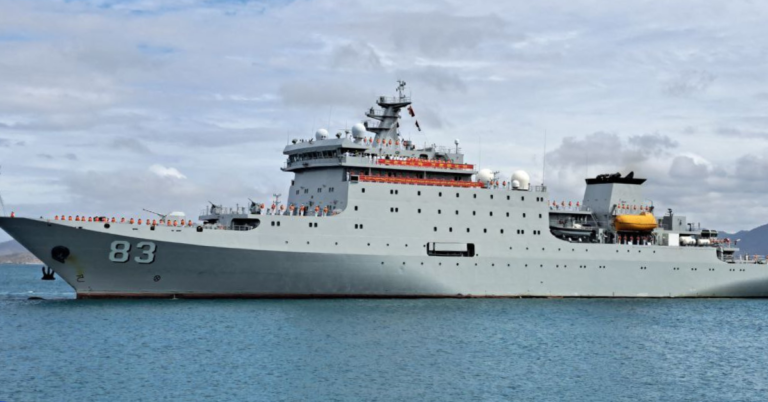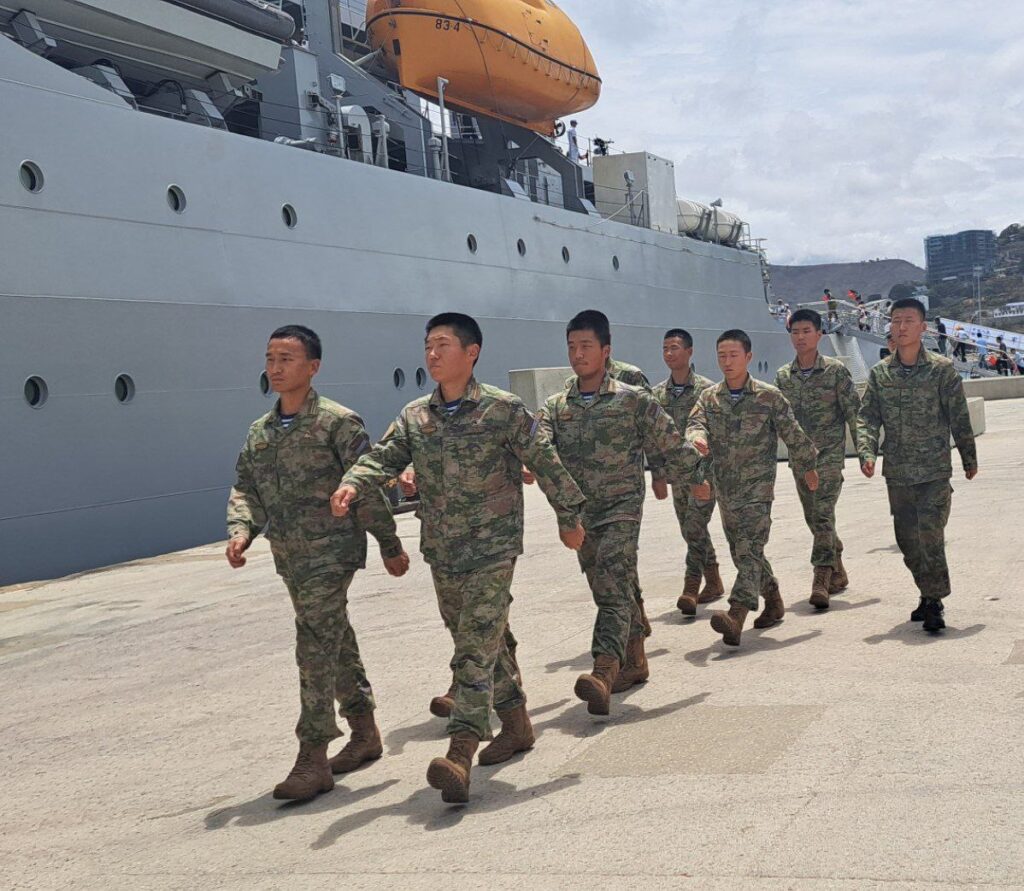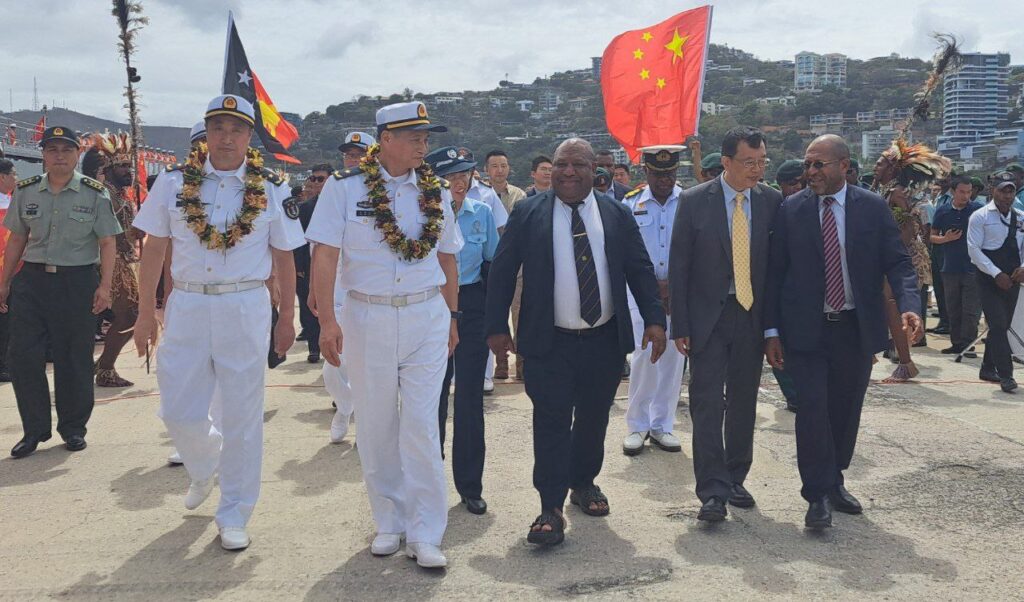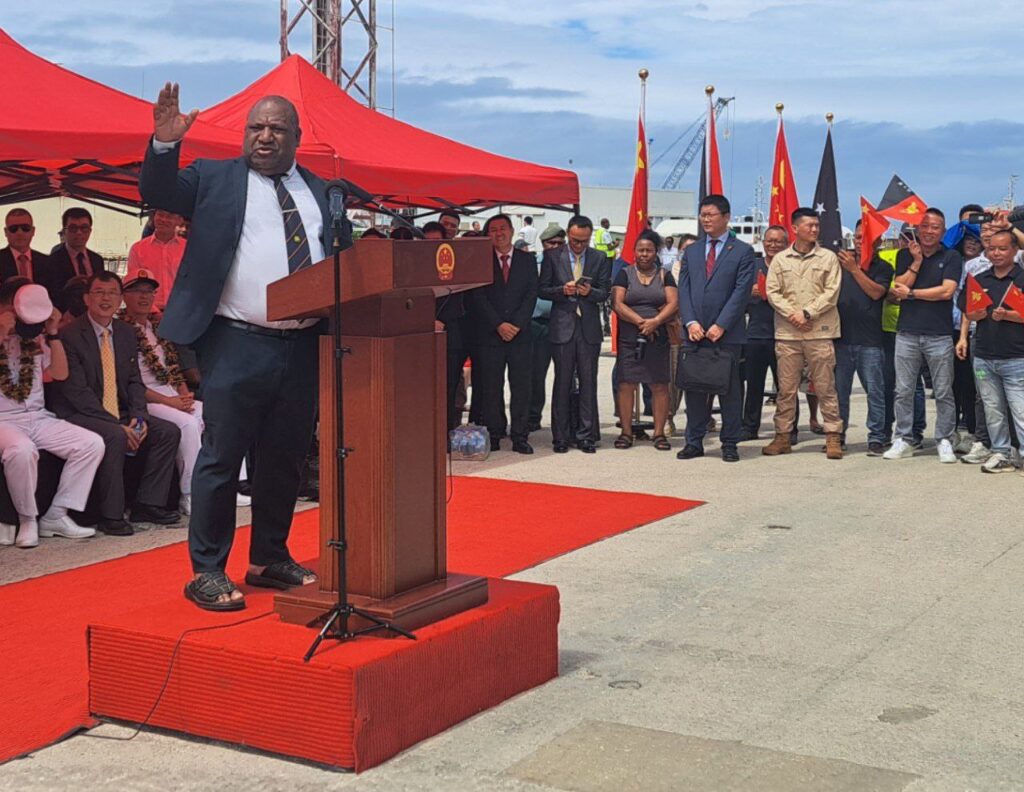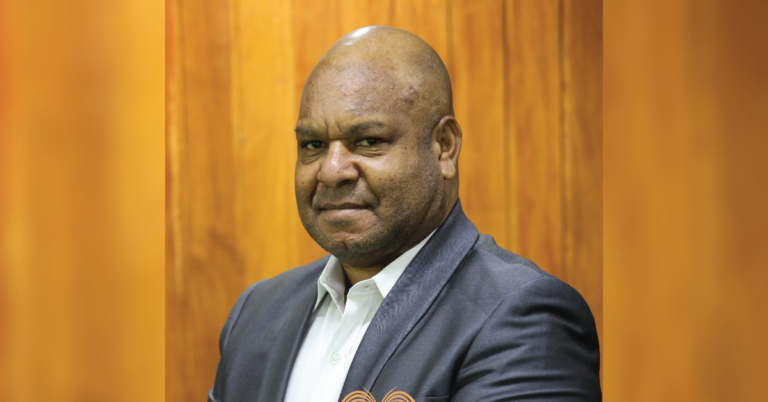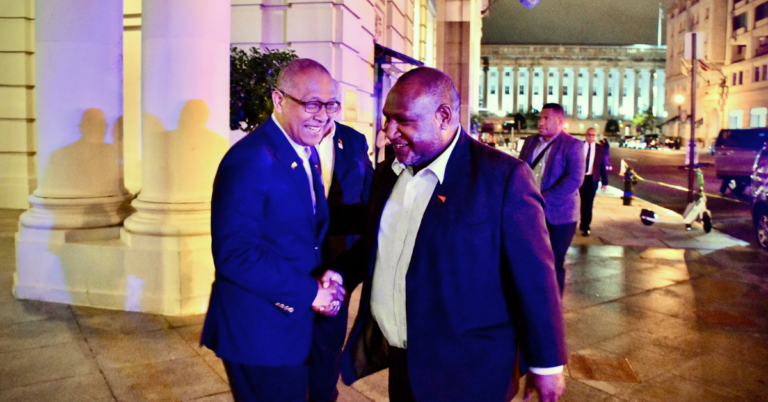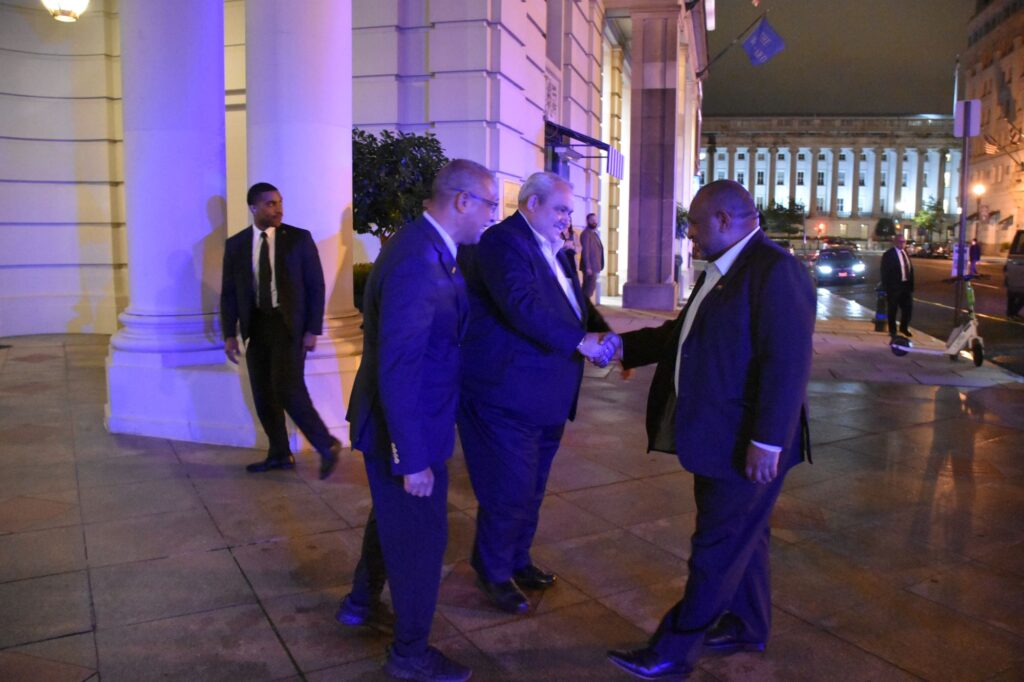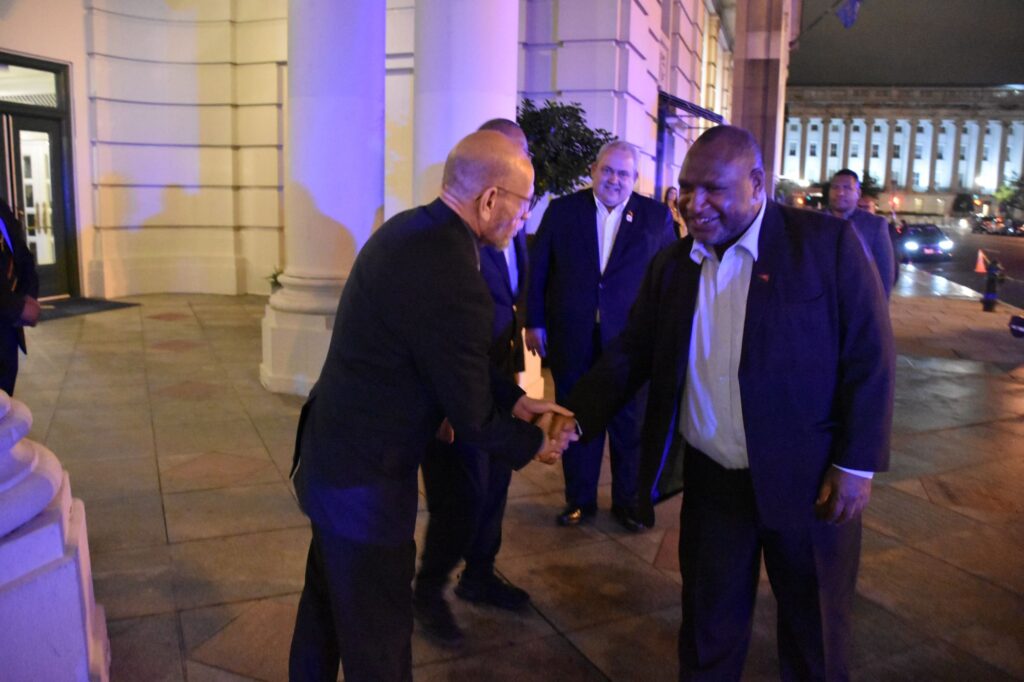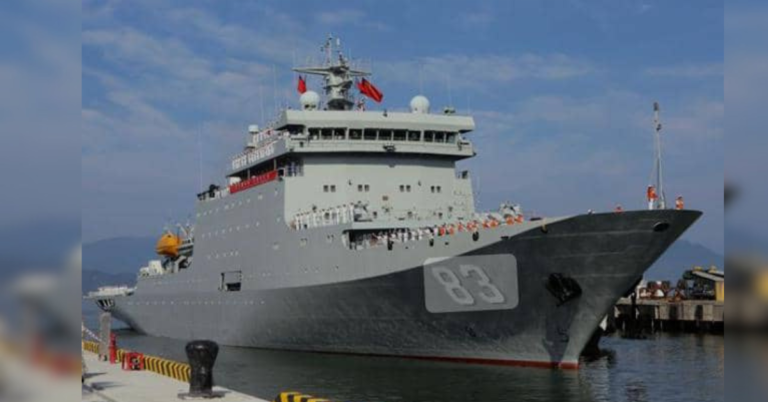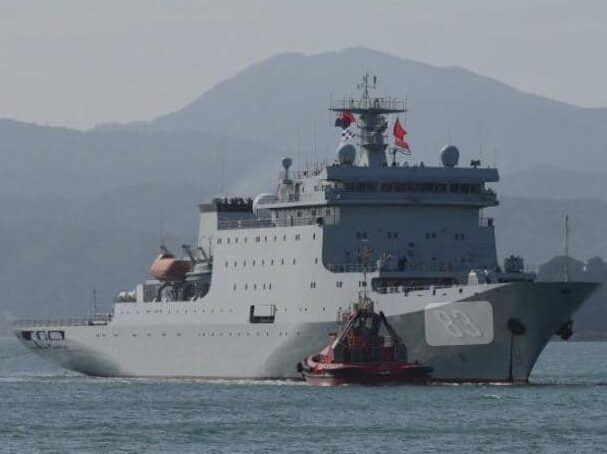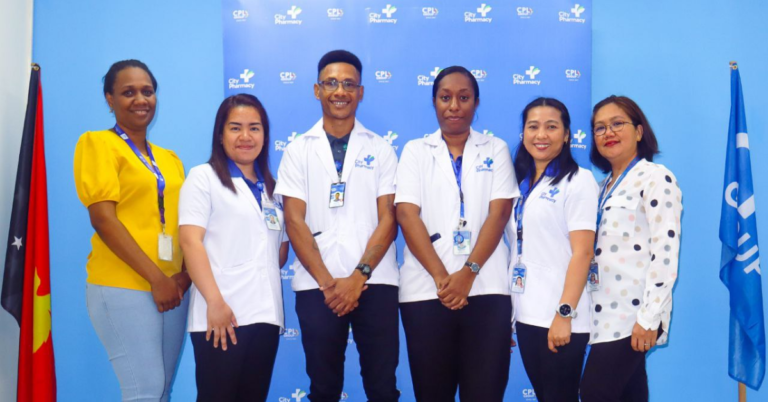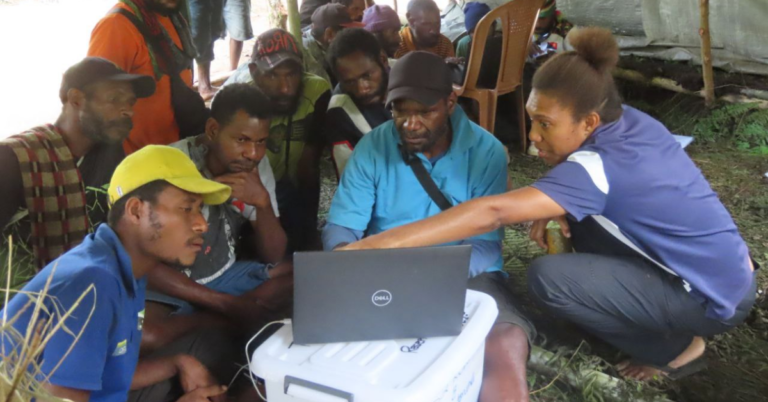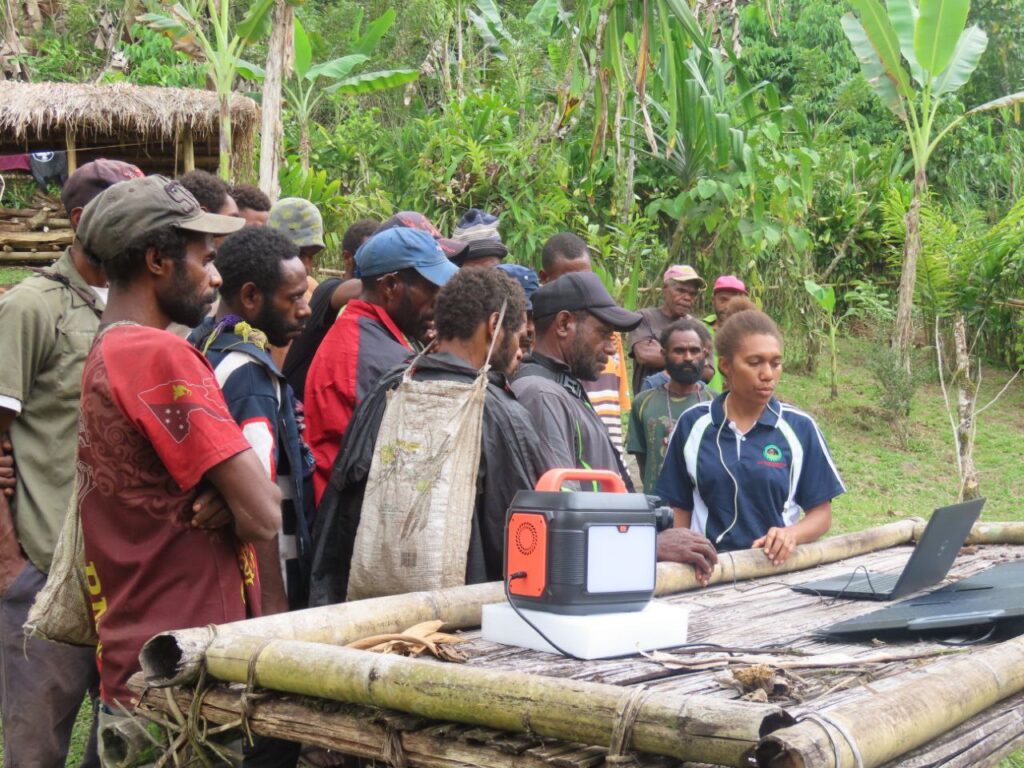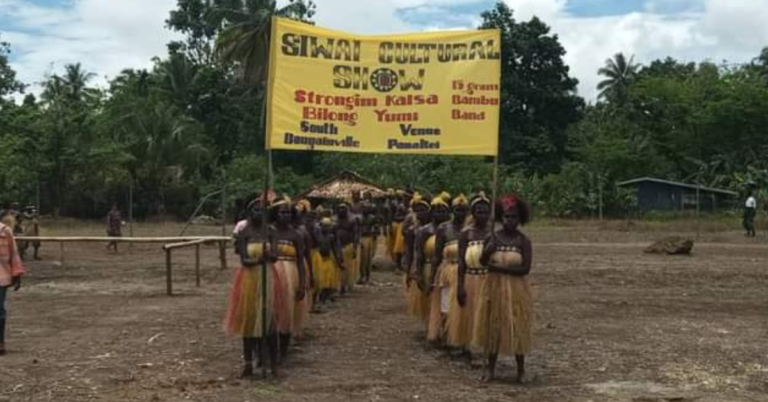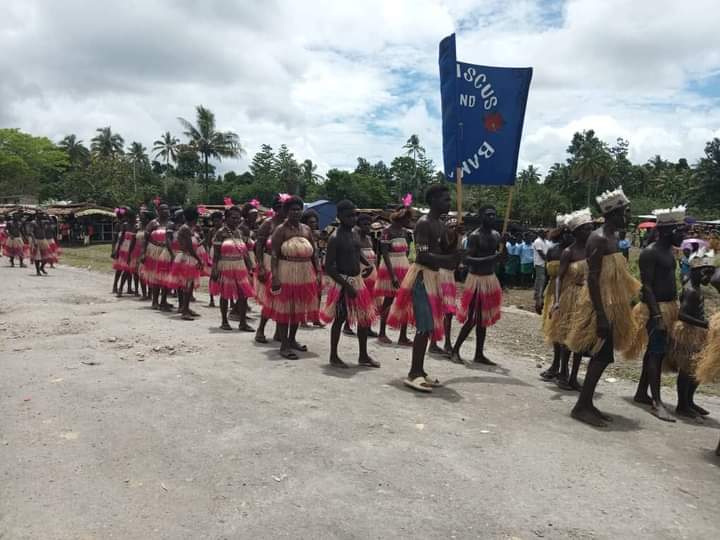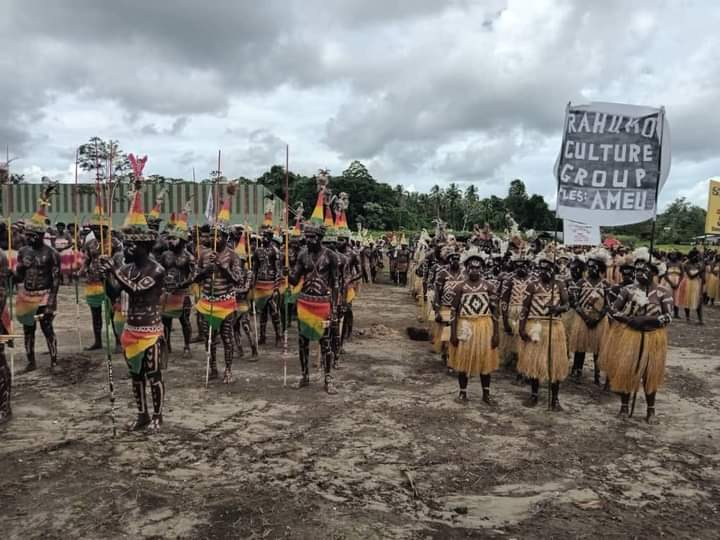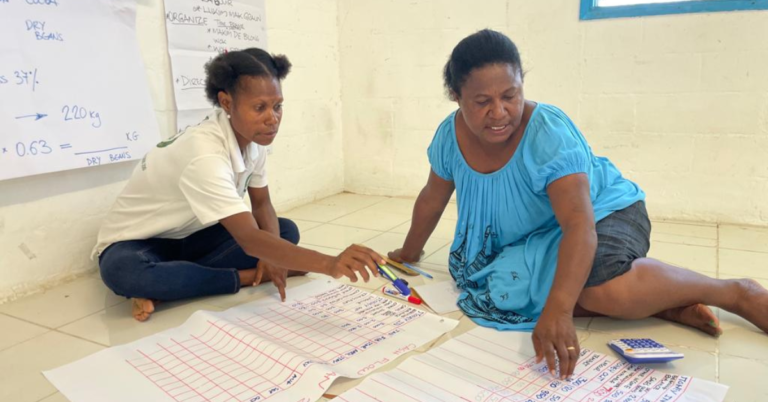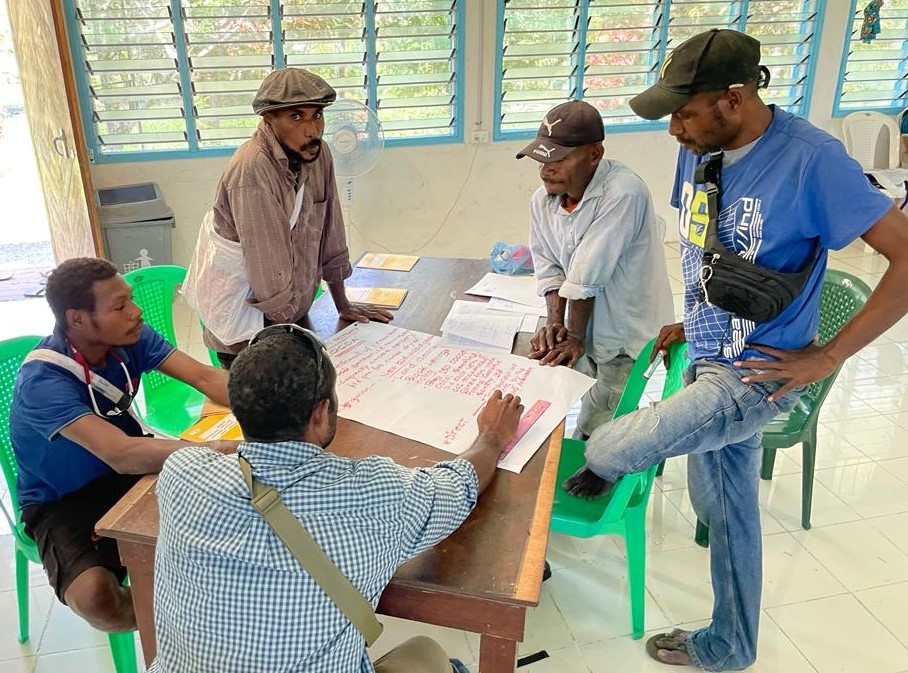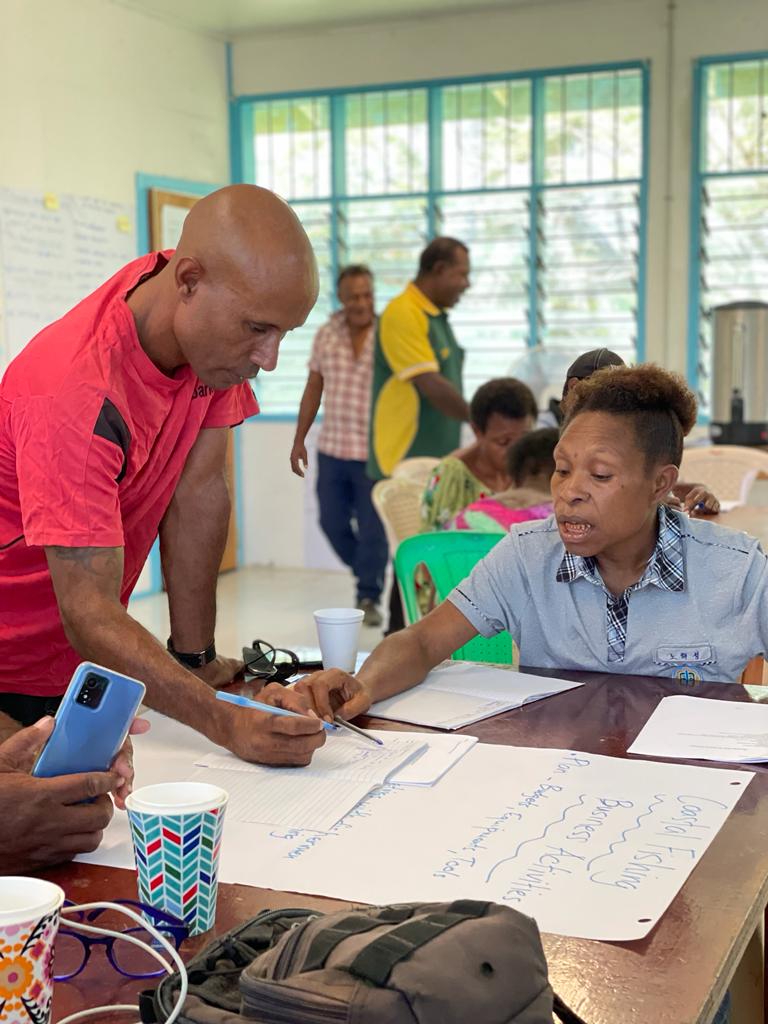The signing of an Infrastructure Agreement by Bougainville President, Ishmael Toroama provides a framework to improve deteriorating infrastructures in the Autonomous Region.
The agreement signed during the Pacific Infrastructure Conference is worth an estimated value of USD$4.8 billion (PGK17.5 billion) and involves infrastructural works on government buildings, schools, hospitals, airport, sea ports, bridges, roads and telecommunications.
Toroama said the Infrastructure Agreement represents a momentous step for the ABG, towards building a prosperous future, through substantial advancements in critical infrastructure development.
“The first ABG was elected on 15 June 2005. In the 18 years since then there has been frustratingly slow progress in the delivery of critical Bougainville infrastructure,” Toroama said.
The Infrastructure Agreement is between the ABG and the following Companies:
- Bougainville Public Private Partnership Limited (BPPPL) is appointed as the Program Manager responsible for fundraising and project delivery of Bougainville Infrastructure Development Plan.
- Kramer Ausenco (PNG) Limited is appointed as the Project Manager responsible for project design documentation, project management and facilities management of infrastructures under Bougainville Infrastructure Development Plan.
- Bougainville Islands Group Limited (BIGL) has agreed in principle to provide land to the BPPPL partnership as part of the infrastructure agreement.
President Toroama assured the founder of Kramer Ausenco (PNG) Limited, Frank Kramer, that his Government will collaborate closely under this new Infrastructure Agreement, with the shared goal of delivering urgently needed infrastructure for the people of Bougainville.
“ABG will be working together in partnership with Kramer Ausenco and BIGL to deliver transformative benefits for the people of Bougainville and agree to work closely together to achieve this,” Toroama said.
The Pacific Infrastructure Conference brings together political, business representatives from Pacific Islands, Australia, New Zealand, the USA, Japan, France, and various international partners, including the Asian Development Bank, World Bank, and United Nations Development Programme, making it the most inclusive event of its kind in the Pacific’s history.

